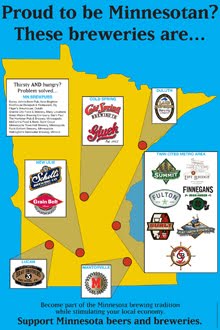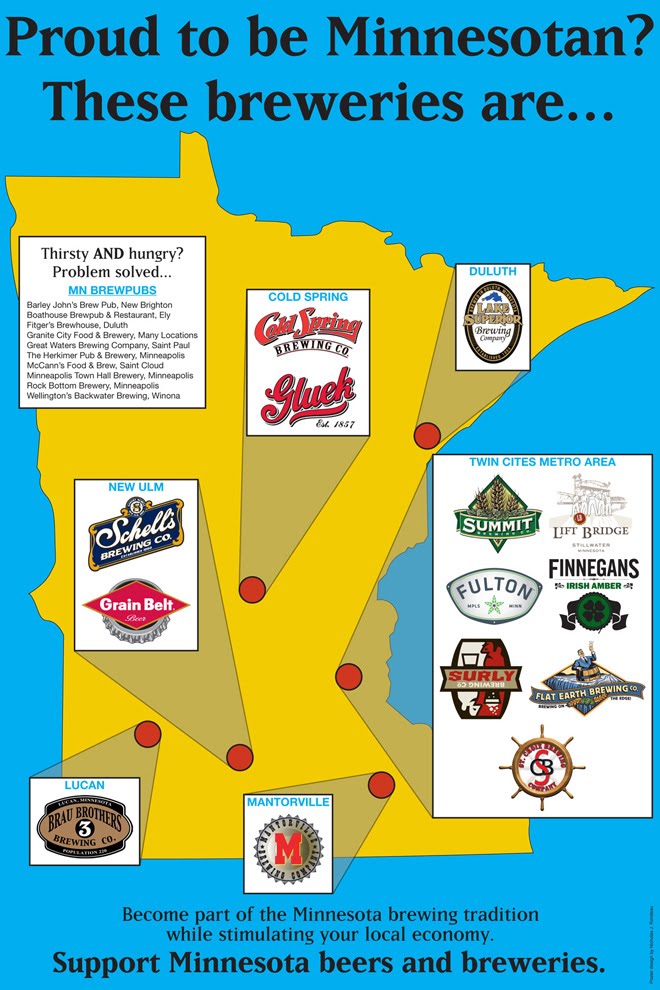Brown ales may be one of the oldest styles originating in England. They can be traced back to the 1600's, and they are probably even older than that. During that time period, brewers used names for purely descriptive purposes. "Brown beer" or "brown ale" was used to describe a beer that was made with 100% brown malt. (It was common at the time to use single-malt recipes to brew beer, unlike today when brewers use different varieties of malt in the same recipe.) Brown malt was typically roasted over a fire, which gave it a brown color. This, in turn, gave them a brown beer.
"Brown ale" and "mild" were almost interchangeable terms for the same style of beer at the time. While brown ale was indicative of the color, mild described the flavor. These beers were very different than the brown ales we drink today. They were very sweet ales that were only mildly hopped. The fire roasting of the malt allowed it to absorb some smoke, which could lend a smokey flavor to the beer. These beers were also much higher in alcohol than current versions. As roasting methods evolved, pale malt became available. It was much lighter in color and cheaper for the brewers to use. Pale malt use, along with the creation of additional beer styles based off of brown ale, led to a pause in the history of this brew.
The term "brown ale" as it is used today describes a reinvention of the style that occurred in London in the late 1800's. This version used pale malt along with darker malts to get a brown-colored ale. There were more hops used than in the original brown ales, which made for a more balanced beer. It was also lower in alcohol than the old versions. This new brown ale had to wait to earn beer drinkers' favor, as it didn't really start to become popular until the 1920's. Most modern brown ales are much more similar to this version, rather than the very old style.
Today's brown ales can vary to a wide degree. The Beer Judge Certification Program (BJCP) recognizes 1 American and 3 English style versions. Brown in color, sweet, rich, and moderate-low hop levels are some of the shared attributes of these various interpretations. Most lean toward malty, but are generally balanced by hop bitterness. There are many to choose from, and they're all different. Think about trying a new one the next time you're at the liquor store!








No comments:
Post a Comment